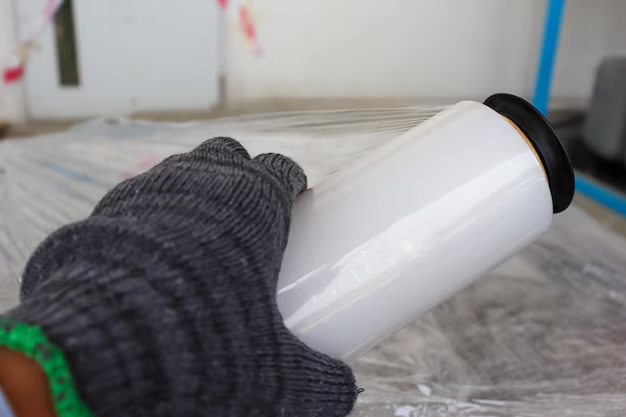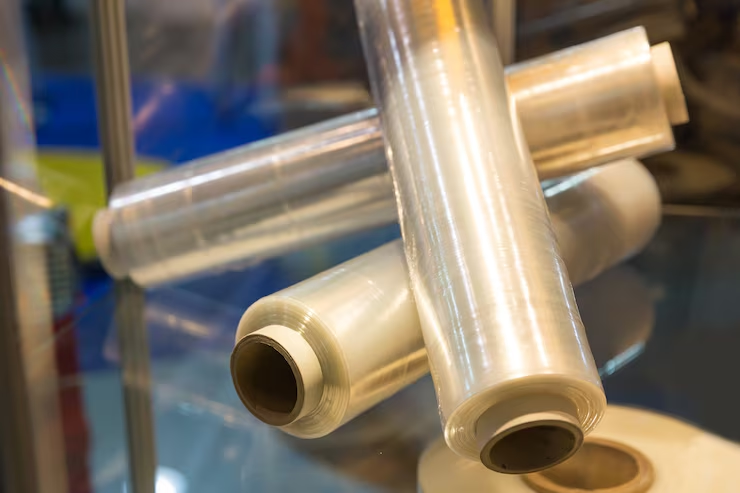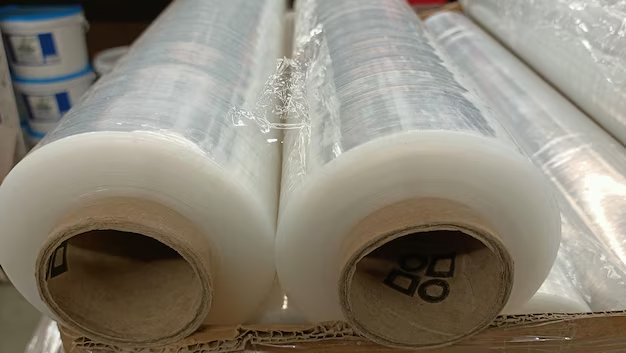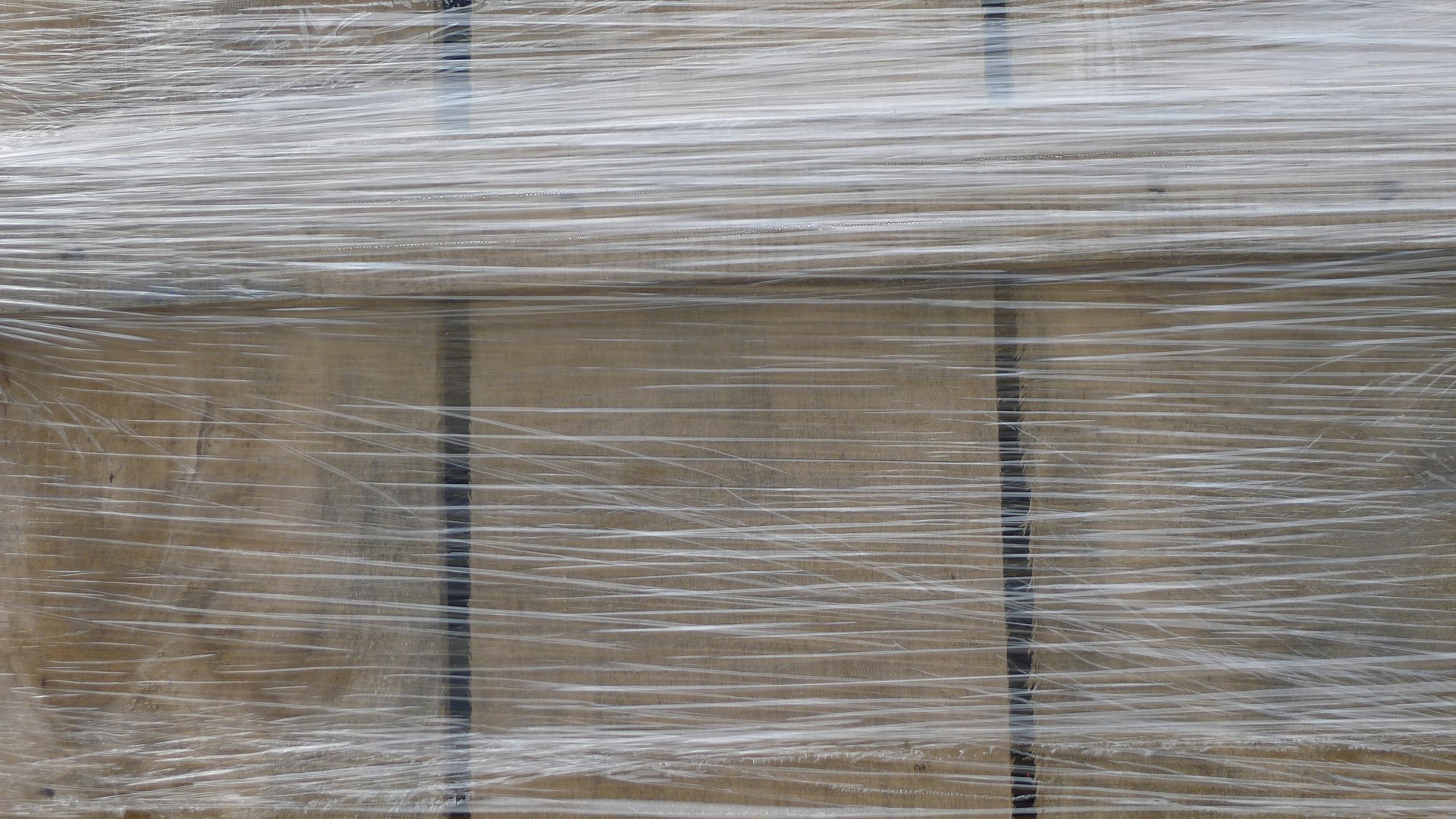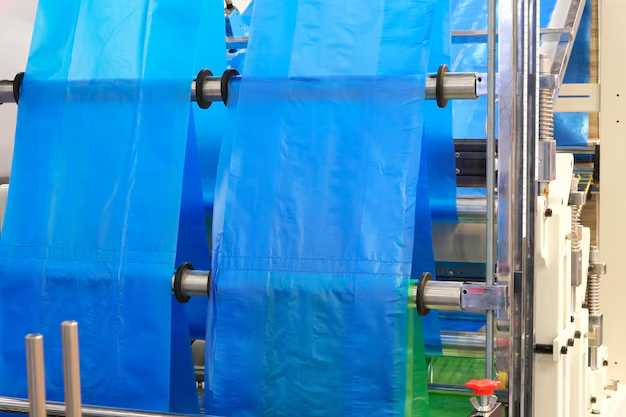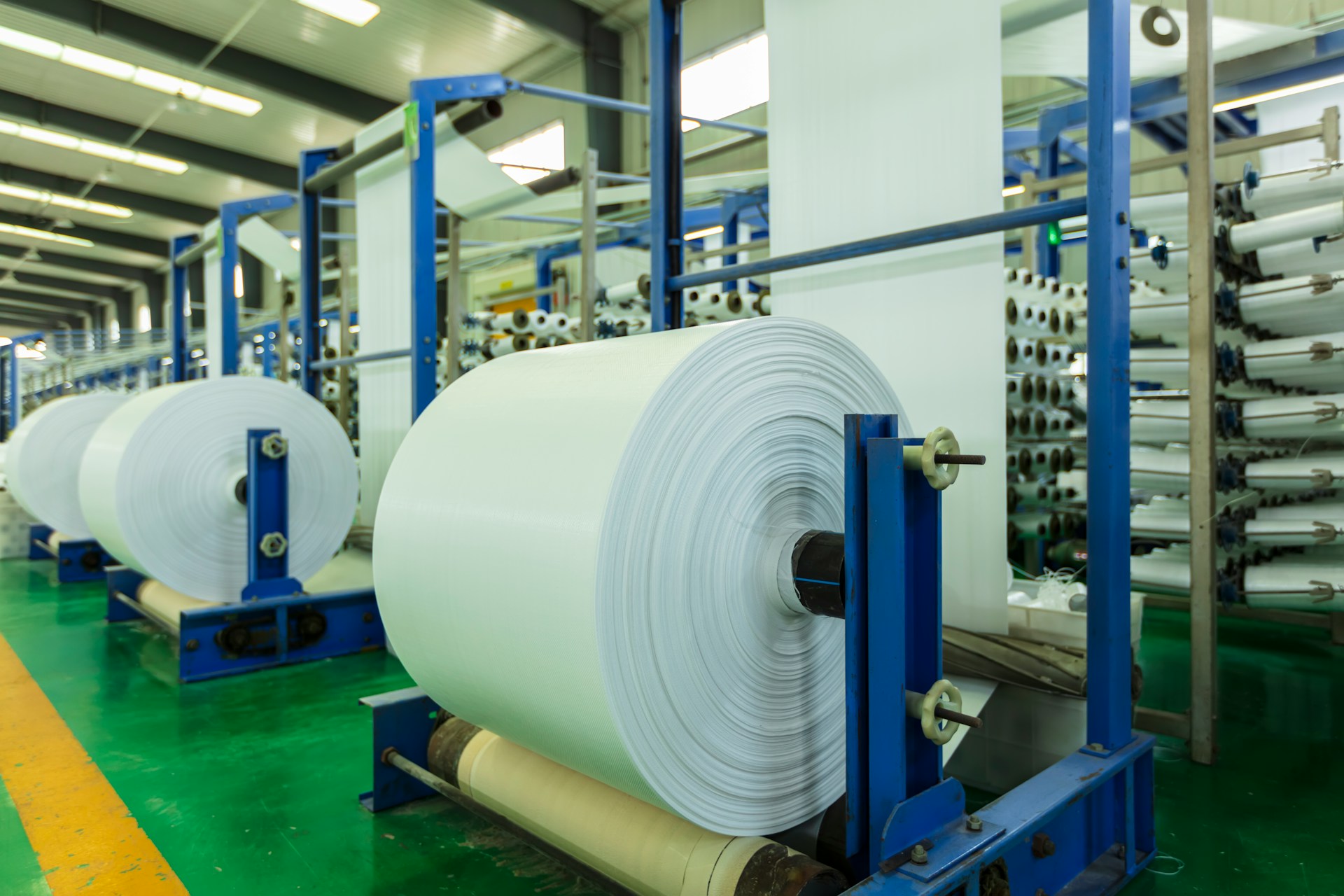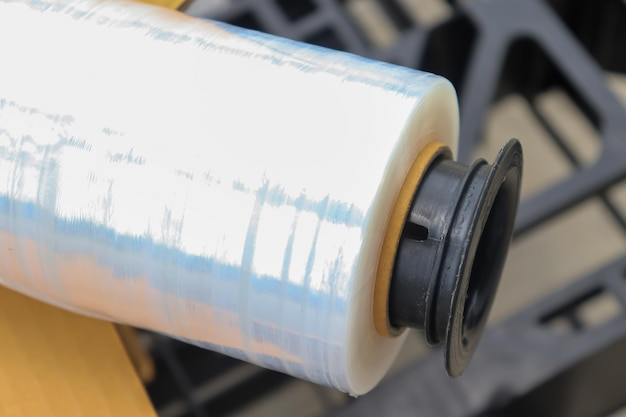Once winter hits, protecting your products from harsh weather becomes more than just good practice. Whether you’re shipping something across the country or storing equipment outdoors, shrink wrap films offer a reliable barrier against cold air, snow, ice, and moisture. Without the right coverage, exposure to winter elements can lead to serious damage, from surface wear to function failure.
Shrink wrap comes in more than one form. Each material has unique qualities that make it better for certain jobs over others. Picking the right wrap isn’t just about thickness. It’s about knowing how each film performs in cold conditions and what fits your specific product type. Below, we go over a few kinds of shrink wrap film often used when temperatures drop.
Types of Shrink Wrap Films for Winter Protection
Shrink wrap films all serve the same purpose—protecting products—but not all are built the same way. Different films work better based on the shape, size, and storage needs of the item being wrapped.
1. Polyolefin Shrink Films
Polyolefin is known for being lightweight, soft, and flexible. It wraps clean, which gives your product a nice appearance while still offering decent defense against colder temps. That makes it a go-to for things going into stores or wrapped for indoor storage. While it holds up fine in the cold for short-term use, it’s not great for long periods in outdoor spaces.
Use cases:
– Wrapping electronics or retail-ready items
– Indoor warehouse storage
Things to watch:
– Needs even heat to seal properly
– May tear or warp if not applied evenly in colder spaces
2. PVC Shrink Films
PVC film is stronger and offers a tight hold but becomes less flexible the colder it gets. That means it’s best used inside or for short-distance shipping during chilly months. It works fast and clings tightly, which is helpful when you’re short on time.
Where it fits:
– Packaging small items
– Storage indoors or shipments not exposed long-term to frozen conditions
Points to note:
– Can harden and crack in very low temps
– Should be kept warm before use for best results
3. Polyethylene Shrink Films
This film is much thicker and built for outdoor durability. Polyethylene shrinks slowly but is strong and helps cover large or odd-shaped objects well. Think boats, heavy machinery, or pallets of gear left outside until spring. It can hold up against wind, snow, and freezing temps for long stretches.
Best fits:
– Wrapping large industrial parts or outdoor equipment
– Long-term outdoor storage
What to expect:
– Takes more heat and time to apply
– Can be paired with vents or add-ons to keep moisture levels down
Choosing the Right Shrink Wrap Film
Choosing the best shrink wrap film means thinking about more than just price. There’s the weather, your timelines, and what kind of product is under the plastic. Each job calls for different expectations.
Think through:
– Exposure: Are you storing your product outside or inside?
– Shape: Are the items bulky, flat, sharp-edged, or oddly shaped?
– Duration: Will the item stay wrapped for weeks, months, or only a few days?
– Budget: Upfront cost versus long-term savings through fewer damaged goods
Simple breakdown:
– Polyolefin is great for clean looks but should avoid outdoor use for extended periods
– PVC wraps tightly and fast but becomes brittle in low temperatures
– Polyethylene lasts long outdoors and stretches well over large or uneven shapes
Say you’re a seating manufacturer winterizing stacked boat cushions in Indiana. A polyethylene film would be your best option. Polyolefin or PVC might not hold if exposed to repeated snow or freezing rain. Choosing poorly can wear on your bottom line. Making the right call helps your products stay in good condition until they ship or return to use.
Application Tips for Winter Shrink Wrapping
Cold weather affects how shrink film performs. Too cold and the film turns less flexible, leading to tears during application or weak seals. Ahead of any job, a few simple tips can make the difference between a solid seal and a failed wrap.
Start by storing shrink wrap inside or somewhere warm. Applying it cold increases the risk that it won’t stretch or shrink the right way. Warm film seals tighter and more evenly.
When applying heat, go slowly. Whether you’re wrapping a molded component or a foam cushion, steady heat helps create even shrinkage. Rushing can overheat spots, leaving holes or bubbles.
Basic step-by-step guide:
1. Make sure your product is clean. Remove any debris, salt, or moisture to avoid damage later.
2. Measure and cut the film slightly larger than the product for proper coverage.
3. Center the film. Avoid pulling too tight before heating.
4. Use a heat gun or shrink tool with even pressure. Work from the bottom up in small passes.
5. Double-check seals. Add tape or extra film to patches or corners if needed.
Frequent mistakes to avoid:
– Holding the heat gun too close
– Applying wrap in wind without securing it properly
– Using film that’s too thin for outdoor or large item coverage
In Midwest states like Michigan or Indiana, these tips go a long way. Weather there can go from mild to brutal overnight. Practicing proper handling is key when working around that kind of environment.
Maintaining Product Integrity During Winter
Even with your item sealed up well, winter isn’t gentle. Throughout the season, cold weather can cause film to shift, crack, or stretch out. You should check in during storage, especially if your product’s outside.
Keep an eye out for things like:
– Film sagging due to snow pressure or temperature changes
– Tight seal areas pulling or cracking
– Condensation or frost forming under the wrap
Do monthly checks. This allows you to spot issues before they lead to water damage, mold, or a failed wrap altogether. For items left outside, it helps keep the wrap working the way it should.
Place wrapped goods on pallets when you can. Letting wrapped goods sit directly on frozen ground pulls moisture in and risks mold growth in foam cushions or seat padding. It also causes the lower seals to loosen as the material shifts.
If you’re moving stuff, train your team on how to handle wrapped items with care. Colder films can tear faster. Rough loading or sharp contact with metal surfaces might undo your hard work. Clear instructions on lifting, stacking, and packing matters a lot more in cold weather.
Using tools like desiccant packs or ventilation patches can help, too. While not always needed, they make sense when wrapping products that shouldn’t hold or absorb moisture, like molded plastic parts or long-term storage seating assemblies.
Protect Your Products Until Spring With the Right Film
Shrink wrap films do more than just seal up products. When chosen and used right, they protect against snow, moisture, and biting temperatures through the worst of winter. Whether you’re covering stacked seating cushions after production in Indiana or winterizing large equipment for a bus project in Michigan, there’s a type of wrap that fits your needs.
Polyolefin works best where looks and flexibility matter, PVC shines for speedy indoor jobs, and polyethylene covers the heavy-duty items that face the outdoors for months. But even the best material can fall short if applied the wrong way. So, keep the film warm, apply it evenly, and check it regularly.
Winter brings enough challenges. Storing products shouldn’t be one of them. A solid stretch of shrink film—properly applied and suited to your products—can help make sure your items stay in top shape until you’re ready to use or ship them again.
Winter weather can be tough on stored goods, especially for companies handling boat or bus seating across the Midwest. To help your products stay protected in freezing conditions, explore Markley and Associates’ full range of shrink wrap films. With the right material and application, you can count on lasting coverage and fewer surprises when spring comes around.
